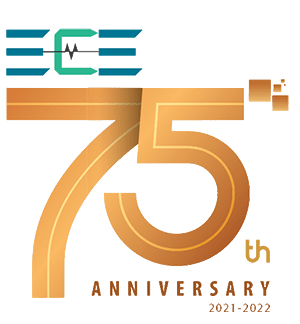Research Spotlight
2018
Faculty Name: K J Vinoy
Faculty Name: Anurag Kumar
Faculty Name: Shivaleelaesamudra Sharanappa
Faculty Name: Navin Kashyap
Faculty Name: Kausik Majumdar
Spotlight: 1. A Formal Model for Service Discovery Protocol(SDP) using SDL. https://dl.acm.org/citation.cfm?id=3056627
2. Specification of REST API Services for Modbus Protocol using Formal Technique. http://eudl.eu/doi/10.4108/eai.20-12-2017.153492
3. Context Aware Student Modelling in Ubiquitous Environment. http://www.iraj.in/journal/journal_file/journal_pdf/1-495-154079182533-36.pdf
Faculty Name: Anandi Giridharan
Faculty Name: Utpal Mukherji
Faculty Name: Rajesh Sundaresan
Spotlight: (a) Integrated Optic Double ring resonator based pressure and acceleration sensors
(b) High speed optical modulators using Lithium Niobate on Insulator substrate
(c) Single-and multidimensional integrated optic photon sources for quantum communication
(d) Sub-nanometer narrow bandwidth gratings using deeply etched SOI rib waveguides
Faculty Name: Srinivas Talabattula
Faculty Name: Dipanjan Gope
Faculty Name: Raghunathan Varun
Faculty Name: Himanshu Tyagi

